The top producers of salty cheese are many Iranian companies in different regions. These companies usually offer high quality cheeses to the market. These manufacturers offer salted cheese to buyers in various and stylish packages. Various companies producing this product try to present their product to the market in good health.

What are the 11 Main Types of Cheese?
 Until a few years ago, all the cheeses we knew were limited to liqueur, mozzarella, feta or Danish cheese, also known as gypsum cheese, and one or two local types. But in a short time and by equipping and launching modern and advanced cheese factories, in a short time, the shops were filled with all kinds of cheeses in countless shapes and colors and consumers who did not know how to consume it. Among these delicious and mostly expensive cheeses came to sellers who did not know about it. Of course, it should be noted that the consumption of different types of cheese is not a specialized and complex task, but each one is more suitable for a specific consumption based on its texture and taste. All over the world, cheeses are classified according to two criteria based on texture and moisture content.
Until a few years ago, all the cheeses we knew were limited to liqueur, mozzarella, feta or Danish cheese, also known as gypsum cheese, and one or two local types. But in a short time and by equipping and launching modern and advanced cheese factories, in a short time, the shops were filled with all kinds of cheeses in countless shapes and colors and consumers who did not know how to consume it. Among these delicious and mostly expensive cheeses came to sellers who did not know about it. Of course, it should be noted that the consumption of different types of cheese is not a specialized and complex task, but each one is more suitable for a specific consumption based on its texture and taste. All over the world, cheeses are classified according to two criteria based on texture and moisture content.
Cheeses are divided into 4 groups based on the type of texture:
- Dry: This group of cheeses has a dry and firm texture and is usually roasted with rapid heat. For this reason, they are added to food at the time of serving or in the last few moments. Parmesan is the most famous cheese of this family.
- Semi-arid: Many cheeses fall into this category and have a very diverse consumption method. Cheddar, feta and Swiss cheese are in this group.
- Soft or semi-soft: This group is usually served both in food and alone. Mozzarella and Camembert are the most famous members of this family.
- Very soft: A large part of this group is used in a variety of foods and desserts. Mascarpone cheese, cream, ricotta and cottage cheese are the famous cheese names of this group.
Classification of cheeses by moisture content:
- Low moisture cheeses (13 to 34%) include Doman, Parmesan, dried Ricotta, Goji toast and Miso cheese.
- Medium-moisture cheeses (34 to 45%) include Adam, white feta, Swiss, Cheddar, Gouda and Liqueur cheeses.
- High-moisture cheeses (45 to 55%) include Mozzarella, Combert, local cheeses, pizza and blueberries.
- Cheeses with very high humidity (80 to 85%) include cottage cheese, ricotta, impata, noufchal and cream cheese.
They also classify cheeses based on their other characteristics: Liquvan cheese, cream cheese, Mascarpone cheese, Filafila cheese, Parmesan cheese, Mozzarella cheese, Gouda Cheese, feta cheese, Tofu cheese, Cheddar cheese, Asram cheese.
Types of Milk Used to Make Cheese
Cheese is a food product made by coagulating milk casein with whey or any other coagulant. Cow’s milk is commonly used to make cheese, although sometimes goat’s, sheep’s or even buffalo’s milk is used. Dairy cheese is an enzyme called renin, which was previously obtained from the internal tissues of the calf, lamb or calf. The natural color of cheese varies from white to yellow. Some types of cheese are added with spices, which is due to the variety of cheeses. Different types of cheese depend on the amount of milk fat, the duration and the way the cheese is processed. Other influential factors include the diet of the animal whose milk is used, as well as the type of flavorings added to the cheese.
Parmesan cheese, Swiss, mozzarella, cheddar, local, creamy, pizza, etc. are all types of cheese. The first cheese factory opened on February 3, 1815 in Switzerland. France and Italy are the two countries with the greatest diversity in cheese production. Milk is made up of fat, protein, lactose, water and minerals. It is obtained by coagulating milk with pickles or whey and then dehydrating it. In fact, casein coagulation traps more fat and some lactose. Converts to water and minerals. The remaining green liquid is whey. Whey is mainly lactose, uncoagulated protein and minerals.
In making cheese, some of the whey-soluble vitamins are lost, but most of the milk nutrients remain in the whey. The amount of vitamin A in cheese is high except for low-fat cheeses. The nutritional value of cheese is primarily related to its protein content, cheese amino acids are very complete in terms of variety and contain all the essential amino acids. The more cheese, the better and more digestible it becomes. Cheese is also one of the richest natural sources of calcium in the diet.
10 Main Steps of Cheese Making Process
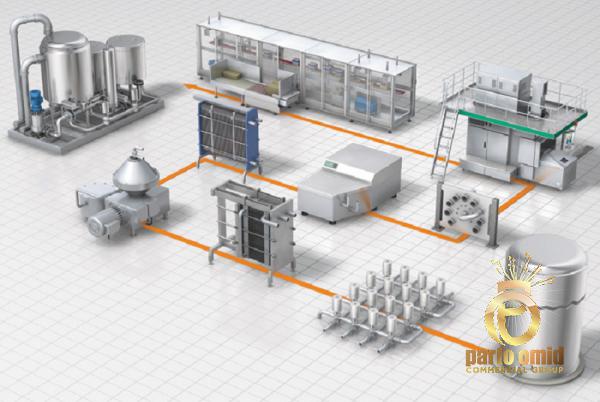 The time of each stage of cheese preparation is known and this time is different in different cheeses. Of course, some of the steps are exactly the same. It has nothing to do with the type of cheese produced.
The time of each stage of cheese preparation is known and this time is different in different cheeses. Of course, some of the steps are exactly the same. It has nothing to do with the type of cheese produced.
Step 1: Pasteurization is done in two ways: Heat the milk at 63 ° C for 30 minutes or heat it for 15 seconds at 72 ° C, and in both cases you have to stir the milk regularly. So that it does not bottom and does not burn.
Step 2: Cool the milk. This is very simple. Simply place the milk container on cold water or ice
Step 3: is to sour the milk. Add the curd to the milk and stir. It takes 30 to 60 minutes to prepare the cheese. If you use ingredients other than cheese to sour the milk, just wait 5 to 15 minutes for the cheese to set.
Step 4: Cook the cheese, in the types that need to be cooked. Cut the solid from the sour milk into small pieces. The temperature and cooking time of different cheeses are different. The more you heat the cheese, the more elastic the cheese will be. At the same time, you should keep in mind that high heat will destroy the texture of the cheese and spoil its taste.
Step 5: Take the whey.
Step 6: In most cheeses, salt is the cheese. In some types of cheese, pepper and other spices are added at this stage.
Step 7: Press the cheese, in semi-hard or hard types. The duration of pressing the cheese depends on its type and the desired texture of the cheese. Final step steps 8-10: Put the cheese in salted water. It should be noted that the cheeses that are placed in salt water at this stage do not salt in the sixth stage. When milk is sour and the cheese forms a white, solid body, it contains a lot of whey.
Soft cheeses contain a lot of whey that they absorb. Squeeze the semi-hard cheeses a little and add a little water. But the hard cheeses are completely squeezed and all the water inside them comes out. How to prepare whey depends on its type. Cheese made with rennet or lemon juice is usually grated using a lace cloth. Another way is to use a paper towel to get water. Whenever this towel gets wet, they change it without delay. Hard cheeses, as the name implies, should be quite firm. Although industrial plants use centrifuges to extract water and squeeze cheese, the easiest way to squeeze cheese is to use a press. Presses are made of a flexible solid material that is mesh.
Which Types of Cheese are Considered Salty?
The concentration of some salty cheese types is even higher than the concentration of sea salt and its consumption can be very harmful to the health of the body. According to research, the most dangerous cheeses that have a lot of salt are Cyprus cheese, blue cheese and feta cheese. Studies show that the salty taste of cheeses can be a very dangerous factor in people with diseases such as high blood pressure, heart disease and stroke. Researchers at the University of Mary London warn that in addition to reducing salt intake in foods and snacks, people should also use low-salt cheeses because the high salt content in their cheese can trigger high blood pressure.
The process of producing and storing traditional cheeses without chemical and industrial preservatives requires the use of salt as a natural preservative. Although liqueur cheese has a controlled percentage of salt and is usually not low enough to be reduced, sometimes we prefer to eat less salt because of our special diet or doctor’s advice. In this case, there are better solutions than replacing Lighvan organic cheese with other industrial cheeses, and that is to reduce the salinity of the cheese. Soft cheeses are usually salty because they absorb the salt water of the cheese and make it taste salty, and as it hardens, its salinity decreases. Low salt is not a cheese from which a significant amount of salt has been removed.
Salt that people know is table salt, but the word salt is a substance that is obtained by combining two types of chemicals with positive and negative charge, which also has different types. What experts forbid people to consume is sodium, which in combination with chlorine forms common salt or sodium chloride. Low-salt products are essentially a substitute for salt. That is, in their formula, instead of table salt, another salt is included, the most important of which is potassium chloride. Therefore, to replace the needs of consumers, manufacturers replace about 50% of table salt that they previously added to their product formula with other salts.
Average Cost of 5 Main Types of Cheese
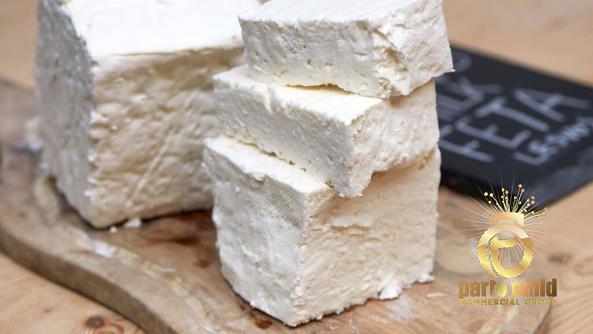 The average price of 5 main cheeses in different cheese making is very different. At present, each kilogram of Super Liquan mutton cheese is offered at a high price and Liquan mutton cheese at a lower price, as well as each kilogram of Tabriz premium cheese at a much lower price and Tabriz first-class cheese at a very reasonable price. According to this report, the price of each kilogram of high-fat Iranian cheese and low-fat Iranian cheese is offered at cheap and reasonable prices in the markets, while each kilogram of lactic cheese is offered at different prices in the fruit and vegetable markets.
The average price of 5 main cheeses in different cheese making is very different. At present, each kilogram of Super Liquan mutton cheese is offered at a high price and Liquan mutton cheese at a lower price, as well as each kilogram of Tabriz premium cheese at a much lower price and Tabriz first-class cheese at a very reasonable price. According to this report, the price of each kilogram of high-fat Iranian cheese and low-fat Iranian cheese is offered at cheap and reasonable prices in the markets, while each kilogram of lactic cheese is offered at different prices in the fruit and vegetable markets.
Naturally, the larger the packaging and the more powerful the product, the higher the price. Cheese is usually bought in a package of 100 g and 25%. This product has an expiration date of 4 years and can be used for a long time. 1 gram of 25% cheese can convert 25 liters of milk into cheese. For this reason, this package is quite economical for dairy products and even for home consumption, and it eliminates their need for this product for a long time.
Why Do Cheese Prices Fluctuate so Much?
Initially, the problems started from the markets related to chicken, meat, oil, etc., and now the relevant markets have also been affected, and the result of this effect has been determined in the people of the cup. Day by day, one of the items was removed from the families’ food basket, and these days, whispers of removing dairy products from the table can be heard. Farmers blame the increase in the price of livestock inputs, fodder inputs, etc. on the increase in the price of cheese, and have also said that they have increased the price of cheese with the permission of the protection organization. Although milk was not sold at this price and was not profitable for producers at all, milk was sold informally at a higher price than the approved price. Farmers across the country then protested against the high cost and inability to provide fodder and livestock inputs, calling for cheaper inputs or higher milk prices, although they did not seek to reduce the people’s table, but could not bear the loss.
Buy Fresh Salty Cheese at the Best Price
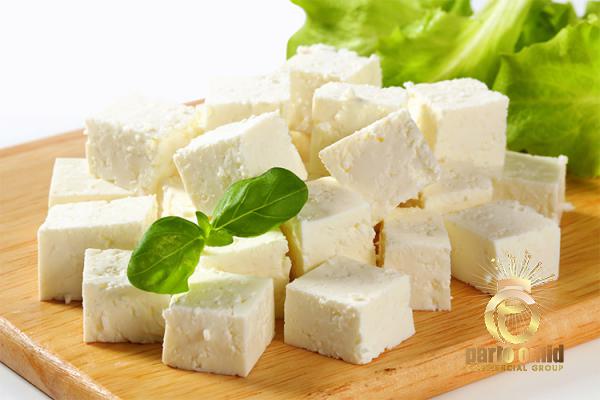 You can buy fresh salted cheese at the best price from various stores and markets, either in person or in absentia. Today, you can use various online stores to prepare high quality and reasonable salt cheese. Many of these stores offer salted cheese in bulk and even packaged to their customers. To find a cheese at a reasonable price, you have to go to different stores, but the online method has solved this problem, because any buyer can easily have their desired salted cheese by packing it with the internet at home and wherever it is present. Order different and in desired quantities and be delivered to the house very quickly.
You can buy fresh salted cheese at the best price from various stores and markets, either in person or in absentia. Today, you can use various online stores to prepare high quality and reasonable salt cheese. Many of these stores offer salted cheese in bulk and even packaged to their customers. To find a cheese at a reasonable price, you have to go to different stores, but the online method has solved this problem, because any buyer can easily have their desired salted cheese by packing it with the internet at home and wherever it is present. Order different and in desired quantities and be delivered to the house very quickly.
To buy cheese, we must trust and buy Iranian producers who produce cheese with appropriate quality and their goal is to satisfy customers. When buying quality cheese, we must pay attention to things such as the raw materials from which the cheese is made. Buying Iranian white cheese that is suitable for the tastes of domestic consumers is a good option for people. In order to buy good quality Iranian white cheese, we must pay attention to the following items: the raw materials from which the cheese is produced, as well as the method of preparing the cheese, which are mostly industrial and efficient methods.
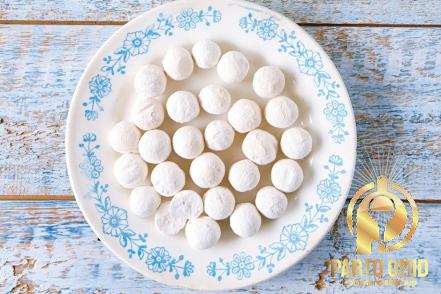
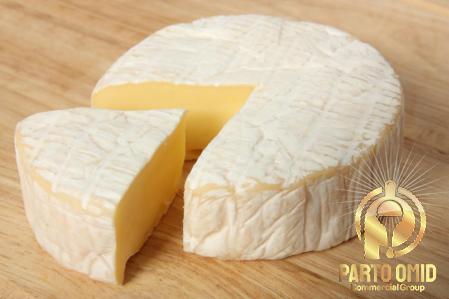
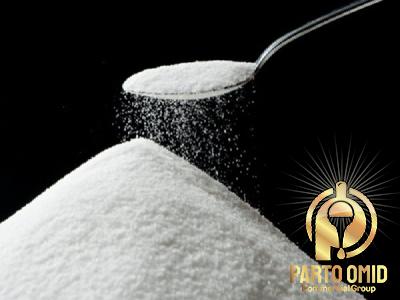
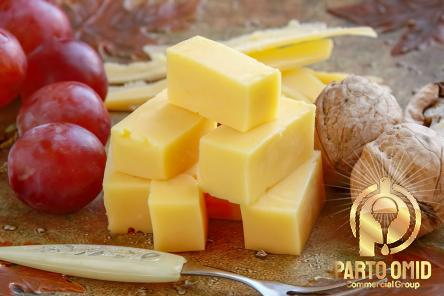
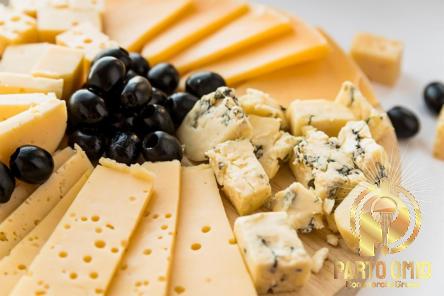
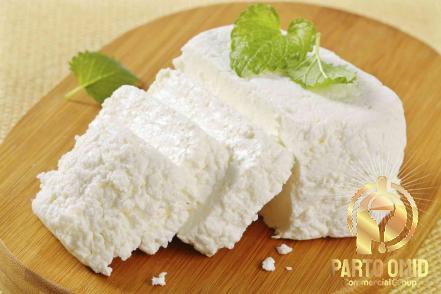
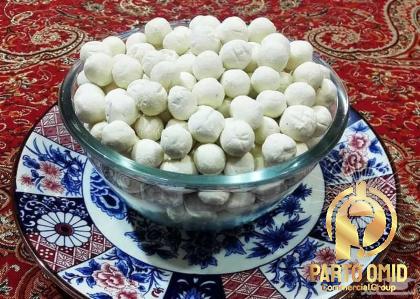
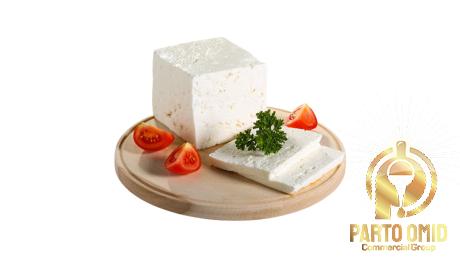
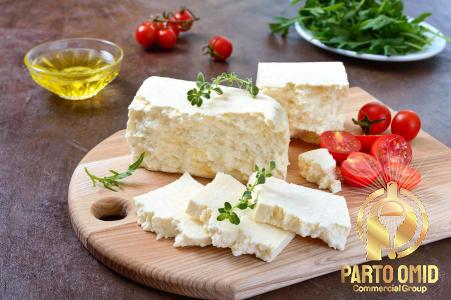
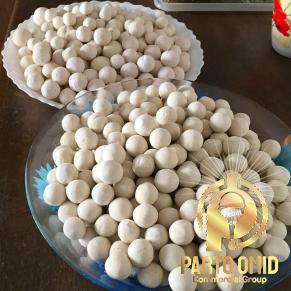
Your comment submitted.